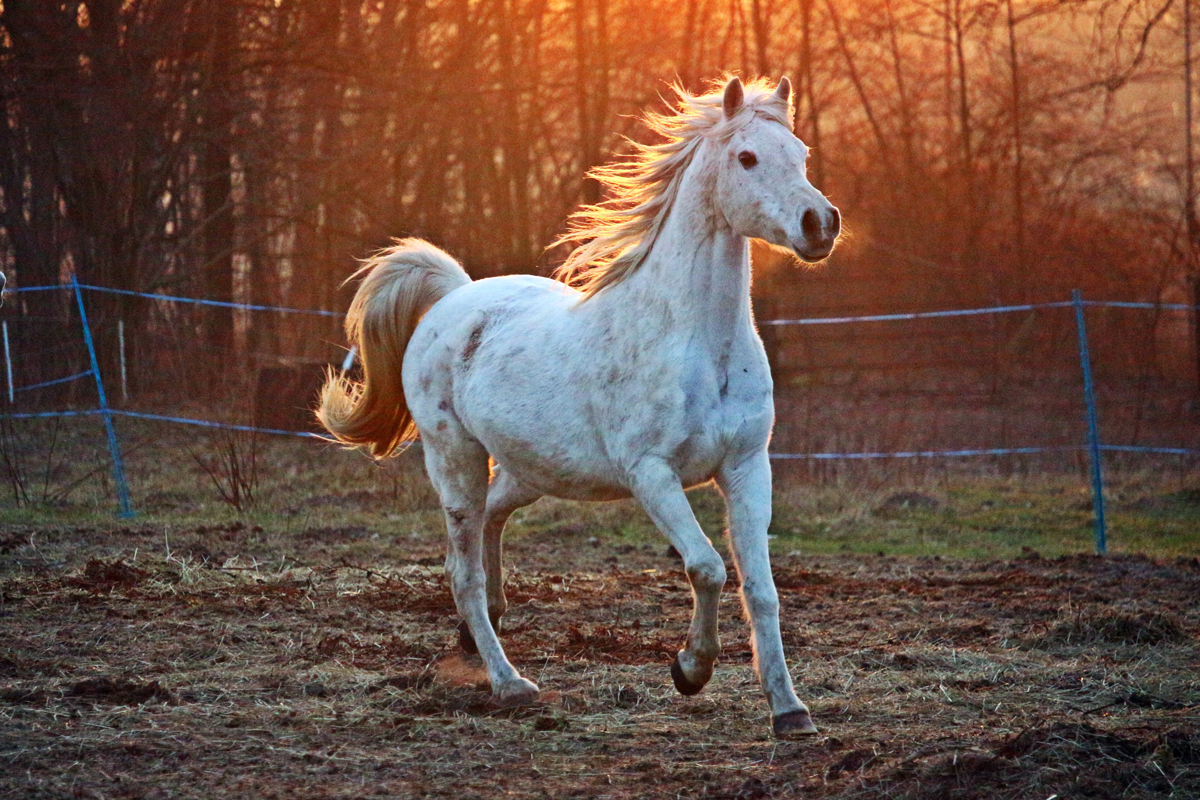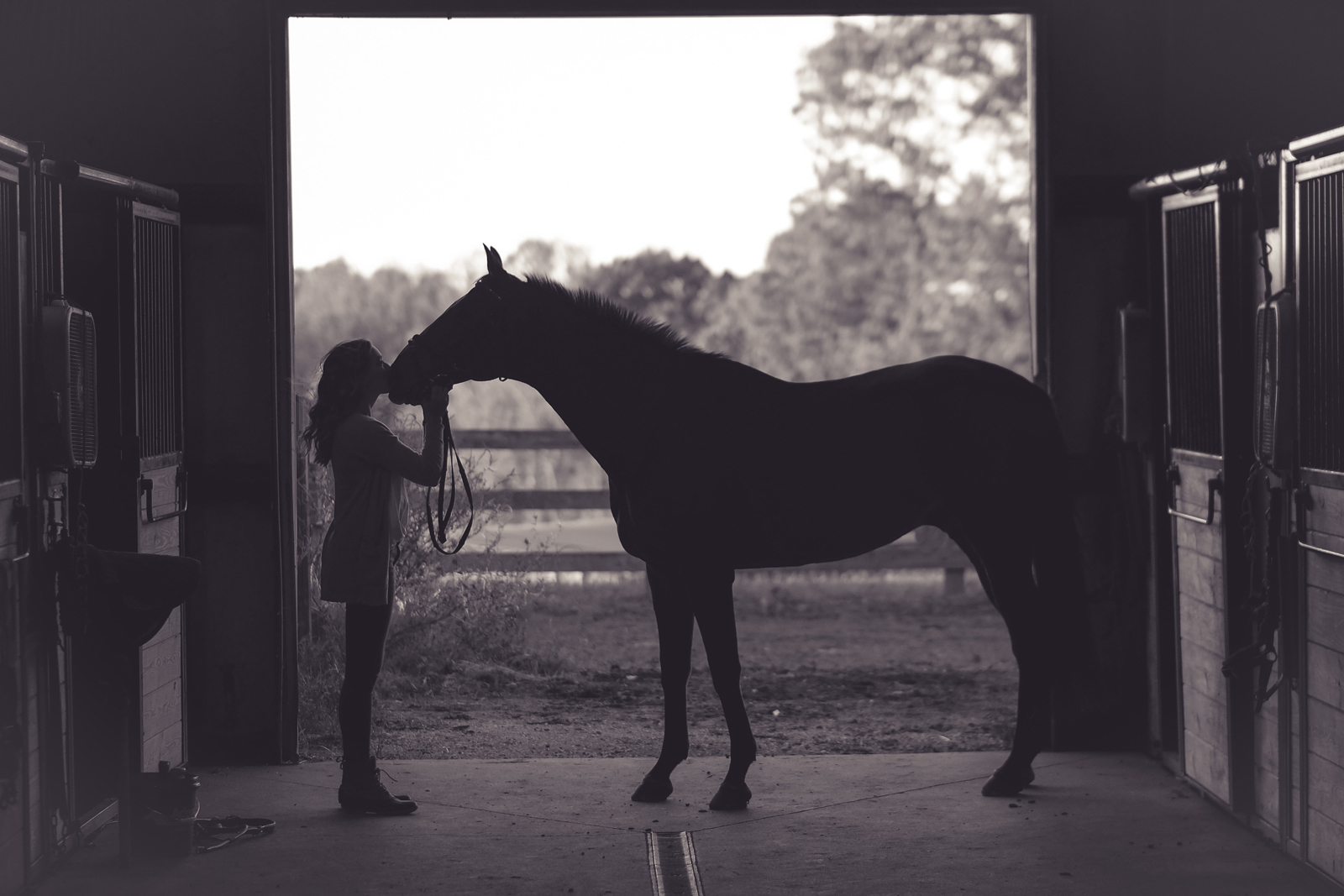If you’re someone who has owned or worked with a number of horses in the past, you’ll understand that every equine has its own wonderfully unique traits and personality.
It’s your duty to learn these individual behaviours and characteristics of your four-legged friend, so that you can tailor care and training exactly to their needs.
Have you recently given a horse a new home? If so, one of the first things you’ll find out about your new animal is whether they are hard or easy to catch.
Suffice to say, being able to catch your horse in a stable, field or other space is a huge part of ownership.
As the Spruce Pets recognises, it can be incredibly frustrating if you’re unable to catch your horse – yet, chasing them down or tricking them into coming to you is not a positive way to start your time together.
Before we share some tips for successfully catching your animal, have you thought about insurance?
If you’re planning to travel regularly with your equine companion, taking them to equestrian events and so on, it’s important that your mode of transport is insured as well as your horse.
Equesure is a leader in equine-related insurance. Our dedicated team of insurance experts has more than 60 years combined industry experience and we can tailor cover to match your needs.
Horsebox insurance arranged by Equesure can cover nearly all types of horseboxes, from 3.5 tonnes to large HGVs, up to the value of £750,000.
Horsebox insurance is a legal requirement and typically comes with breakdown cover which can help to prevent any lengthy delays on potentially dangerous roads.
What will you need to catch your horse?
A Blue Cross blog lists the essential equipment you’ll need before you attempt to catch your horse – it includes:
- Head collar – make sure it has a soft, padded nose strap that fits well but isn’t too tight for your horse
- Lead rope – you’ll need this to attach to the head collar
- Treats – to give to your horse if they are calm and behave well

Reading body language
The field should be your horse’s safe space; it’s important they feel confident and comfortable there. That’s why it’s important to make the whole catching experience as positive as possible.
If it’s a good experience, then it will also make it easier to catch your horse in other environments, such as in their stable.
The first thing to do is to read their body language. If they have a lower neck and they’re continuing to graze after you’ve walked into the field, these are signs that they’re relaxed.
But they can still be easily spooked, so it’s vital you respect their space and approach slowly.
What next?
If you feel like your horse is in a calm and relaxed state, you can try to catch them. Here’s a step by step guide on how to do it:
Step 1
Call your horse’s name to let them know that you’re in the field with them. Then, start walking towards them slowly and quietly – don’t make any sudden or quick movements as this could spook them.
Step 2
When you’re next to your horse, give them a good neck scratch as this can lower their heart rate and at the same time, release happy hormones.
Step 3
Once you’re sure your horse is happy with you being by their side, you can start to approach with the head collar and lead rope. Remember, easy does it.
Step 4
When ready, you’ll need to position the head collar’s nose band over your horse’s nose, lifting it up over their face and putting the head piece over their ears.
Step 5
When the head collar is all fastened and ready to go, reward your horse with a tasty treat as this will help to reinforce their good behaviour.
If, at any point, your horse starts to show signs that they’re uncomfortable or worried, or they try to walk away from you, stop what you’re doing.
It’s best to go back a step, but not before giving them a nice scratch and a tasty treat to reassure them.
Also, if your horse does walk away from you, it’s not a good idea to walk after them as this can increase their natural ‘flight’ instinct.

Remember: every horse is different
As we mentioned, every horse is different. So, you might find that you need to tweak the steps listed above depending on their personality and/or training needs.
Don’t feel disheartened if catching your horse isn’t successful the first time around. Especially if your horse hasn’t been handled much, catching them might take a little more time and effort (and treats!).
The best thing you can do is to remain calm and be persistent. Try not to show that you’re frustrated as horses are clever creatures that can pick up on these emotions.
Even if you enjoy a string of successful catches, there’s a chance your horse might one day decide that they are quite happy staying in the field!
Just be patient with them and be sure to give them a treat and some affection when they do eventually let you catch them.
What if you’re finding it really difficult?
If you’ve tried the steps listed above but it’s still proving very difficult to catch your horse, you might want to consider speaking with a professional equine behaviourist.
They will be able to work with you to find the best solution for you and your horse.
Horsebox insurance from Equesure
Successfully catching your horse in a field means you can easily walk it to its stable or into a horsebox for transport to shows and events or other places.
Some of the potential benefits and features of horsebox cover arranged through Equesure include:
- Comprehensive and third party, fire and theft cover
- Social, domestic and leisure
- Business use available
- Personal accident and windscreen cover included on comprehensive policies
- Drivers aged 17+
- Horsebox value up to £750,000
- Legal cover available on all policy types
- EU cover included
- Breakdown cover including horse and vehicle recovery
Get a free, no-obligation quote today.





